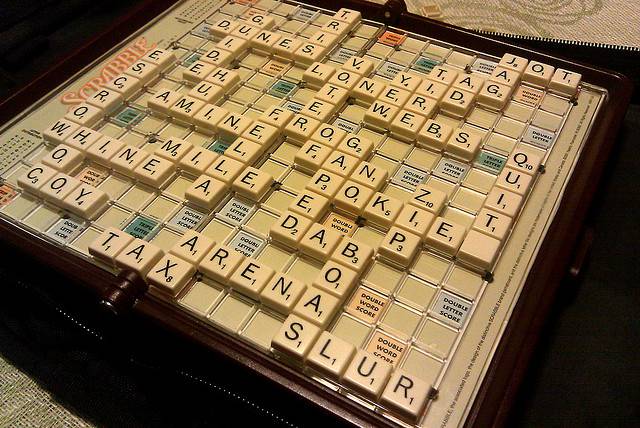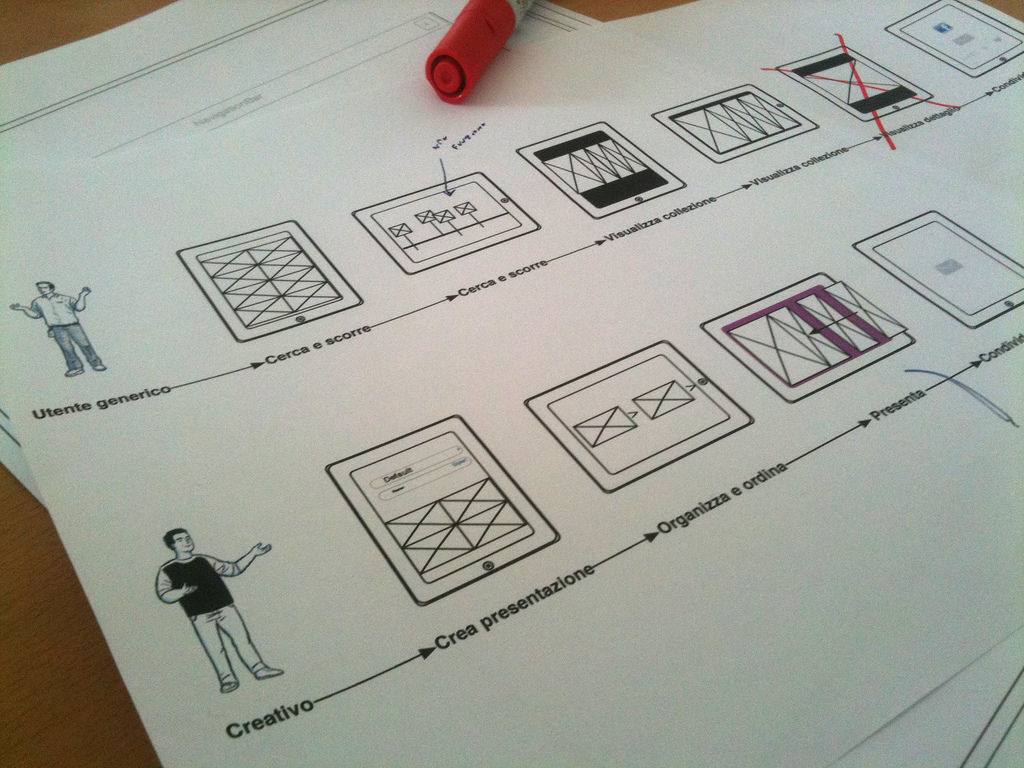Hey! But my UX design practice is perfect! Thankfully, we don’t hear that very much but the truth is – the longer we’re in a job, the better we consider ourselves to be at that job. Sometimes, it’s worth remembering that even the best professionals still have learning to be done. It’s also worth remembering that the longer we do things, the easier it is to have sloppy habits creep into our work.
That’s why the experience driver is not necessarily a great driver; they may think they are – but there’s no shortage of crashes caused by people who have been driving for years. Their skills have slowly deteriorated because they’ve spent no real time on improving or maintaining them.
We don’t want our UX careers to crash… so we keep working on improving our design practice. With that in mind here are 7 simple tips that may help tweak the way you work to deliver even better results:
1. Prune Your Vocabulary
Most people don’t use the technical terms that we use in UX Design. They haven’t heard of heuristics or phenomenology and to be honest; they really don’t care much either. Those kinds of term are fine within the UX team but when you’re communicating with the rest of the organization – they need to go into the bin.
Our clients are the stakeholders in our project. We have to user their language when we communicate with them. If you’re not doing that – you’re alienating them. That’s not a good strategy for long-term success.

Author/Copyright holder: Jonathon Colman. Copyright terms and licence: CC BY-NC-ND 2.0
- Does what we do, still serve the organization in the way it was intended when we started doing it?
- If the answer to that is no, why is it no? What can we do better?
- If the answer to that is yes, what can be done better in terms of efficiency, output, etc?
- Is there anything we do that doesn’t meet any team or organizational needs?
- What has changed in the business recently? What can we do to make sure our work reflects that?
2. Don’t Follow the Yellow Brick Road
Scripts for user research are a great idea. They give us a common path to follow and guide the way we structure sessions. The trouble is that many of us, and particularly those just starting off in UX, tend to over script. We build incredibly ridged protocols and this interferes with our ability to see the wood from the trees.
Learning when to go off piste and explore something that has just arisen is every bit as important as being able to develop research guidelines. Our job is not to follow the path we have created, it’s to follow the path our users want to take.
3. Recycle Your Creations
If you’ve carried out more than a few UX projects in the past, you’ll have generated a ton of insights and ideas in those projects. How often do you review that material now? Probably not very often.
Yet, you could benefit from reviewing those projects. You could go back and refresh the insights that you developed. You could see what you were doing at one point in time that you’re not doing now.
More to the point you could extract information from that work to sell again. A meta-analysis of multiple projects could become a great whitepaper that you sell to other UX researchers or use to promote your business. Startling conclusions, results, etc. might form the basis of YouTube video to demonstrate your expertise to future clients.
You can learn from where you’ve been and make the process profitable at the same time.
4. Break Out of the Box
This is a great way for experience user experience designers to refresh themselves and increase their skills. Why not take a break from user experience design completely? Go and do some requirements capture work or work on a product development team. If you can, you might want to try software development.
This has two purposes, the first is to give you a break from the routine. The second is that it allows you to better appreciate some of the people you work with on your teams. The stronger the empathy and understanding you can show with other parts of the business – the more likely you are to work well with them in the future.

Author/Copyright holder: Craig Sunter - Thanx 2 Million ;-)). Copyright terms and licence: CC BY-ND 2.0
5. Conduct a UX Review/Audit
In all roles in busy organizations activities tend to be focused on doing things. We get our projects, we run with them, we communicate the results and then we start again. There’s very little time for reflection. That’s a genuine shame. It allows us to build processes with flaws and holes and then keep repeating the problems over and over again.

Author/Copyright holder: Nathanael Coyne. Copyright terms and licence: CC BY-NC-ND 2.0
Sometimes, it’s a good idea to switch off doing for a day. Pull the UX team together and go through the way you work. Ask questions about the effectiveness and value of the work that you do and then amend the way you work based on the answers. Useful questions might include:
6. Try Some New Tools
It’s always a good idea to learn new tools. There are career benefits to doing so (a name on a CV can often swing an interview) but more importantly there are skill benefits to doing so. Choosing a new wireframing package to play with, for example, means adapting to a new process of designing wireframes which in turn may help us examine the way we build wireframes. We can learn something of value even if we choose to return to our established package once we’ve had a play.
7. Set Time Aside to Read
This one’s so easy that it almost feels like cheating but you can learn a lot and improve a lot just be reading around. Take some time each week to read up on the latest developments in UX, buy text books from leading UX designers, even consider taking some UX courses.
Summary
We’re all capable of improving, no matter how good or experienced we already are. These tips should help you get started on increasing your peak performance in UX practice.
Header Image: Author/Copyright holder: Luca Mascaro. Copyright terms and licence: CC BY-SA 2.0











